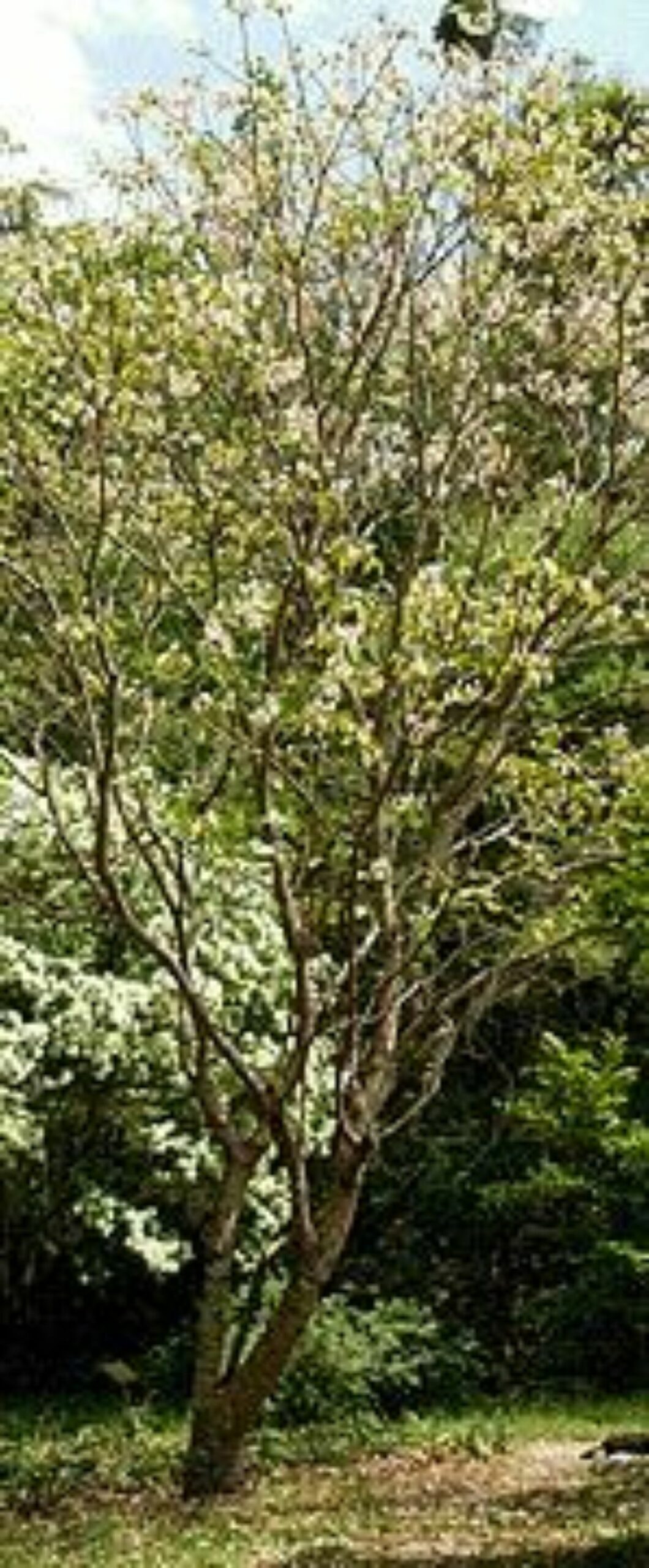When you think of Tung oil, what comes to mind? Perhaps it conjures images of beautifully finished hardwood furniture or intricate wood items that showcase their natural grain. But the question arises: can Tung oil be used outside? This inquiry delves into the very heart of wood preservation and the desire for sustainable, nature-infused finishes that elevate our outdoor living spaces.
Tung oil, derived from the seeds of the Tung tree, has been revered for centuries, particularly in Asian countries where artisans have employed it for its remarkable properties. Its ability to penetrate deeply into wood fibers distinguishes it from many other finishes. This characteristic not only enhances the wood’s aesthetic appeal but also provides a robust barrier against moisture. However, outdoor elements—sunshine, rain, and wind—pose unique challenges. So, let’s explore the manifold dimensions of using Tung oil outside.
First and foremost, it’s vital to understand the composition and properties of Tung oil. This natural finish contains fatty acids that polymerize upon exposure to air, creating a protective layer. As a drying oil, it forms a solid bond with the wood, allowing it to breathe while warding off water and preventing mildew growth. It’s important to note that this doesn’t automatically confer suitability for all outdoor applications. The climate, wood type, and location are paramount factors in evaluating its performance when exposed to negative elements.
One intriguing aspect of using Tung oil outdoors is its affinity for aesthetics. Imagine a rustic deck or a garden bench, its natural wood hue glowing with an inviting richness. One application can enhance the wood’s grain, bringing forth variations in color that resonate with the natural world around it. Therein lies one of the primary appeals of Tung oil: it deepens the inherent beauty of the material. While other finishes may merely coat the wood, Tung oil seizes the opportunity to merge with it, rejuvenating its spirit.
Yet, there’s a caveat. While Tung oil is excellent for indoor furniture, its longevity in outdoor environments cannot be taken for granted. Continuous exposure to the sun’s ultraviolet rays can cause the oil to break down, leading to discoloration and fading. Even polyurethane varnishes, often seen as a viable alternative for outdoor use, can exhibit similar vulnerabilities over time. For this reason, regular maintenance is essential. Reapplication can extend the life of the finish and ensure that the wood remains protected and vibrant.
Furthermore, different climates can dramatically affect Tung oil’s efficacy. In humid environments, the oil can help impede water absorption, while in arid regions, it may evaporate more quickly, necessitating more frequent applications. Those who live in areas prone to extreme weather, such as heavy rain or snow, should weigh their options carefully. A deeper understanding of the surrounding conditions will afford you a clearer picture of how Tung oil can withstand the external assaults of nature.
Another consideration is the type of wood treated with Tung oil. Hardwoods, such as teak and mahogany, tend to react positively to Tung oil finishes. Their dense cellular structure allows for optimal absorption, ensuring the oil penetrates effectively. On the other hand, softer woods may not benefit in the same way and could absorb the oil unevenly. Understanding the wood’s characteristics will help in making an informed decision and achieving a harmonious finish.
Let’s also address a more practical concern: the application process. Applying Tung oil outside presents distinct challenges compared to its indoor use. Wind, dust, and unpredictable weather can impede the application and curing process. A serene, controlled environment is ideal for achieving that flawless finish. Ensure that the surface is clean and free of contaminants before beginning. A series of thin coats is more advantageous than a single thick application, allowing for better absorption and a longer-lasting finish.
For those considering Tung oil as a go-to outdoor finish, it can be essential to incorporate additives designed to enhance durability against UV exposure. Certain formulations available on the market are specifically designed for outdoor use, thus offering superior protection compared to pure Tung oil. These hybrids can provide an additional layer of defense against the elements while still retaining the natural charm characteristic of Tung oil.
Interestingly, the allure of Tung oil in outdoor applications goes beyond mere utility; it touches on a philosophy that embraces nature’s complexities. The sustainable nature of Tung oil aligns with a growing movement toward eco-friendly home improvement solutions. As more individuals seek alternatives to synthetic finishes laden with harmful chemicals, natural options like Tung oil become increasingly appealing. Not only do they safeguard wooden surfaces, but they also resonate with a conscientious approach to environmental stewardship.
In conclusion, while Tung oil may be a viable option for outdoor wooden structures and furniture, it requires thoughtful application and mindful maintenance. Its capacity to enhance the beauty of wood is undeniable, but protecting your investment from the relentless forces of nature is paramount. With proper care, Tung oil can indeed grace your outdoor space, providing a welcoming aesthetic and reflecting a sustainable ethos that harmonizes with the natural world.
